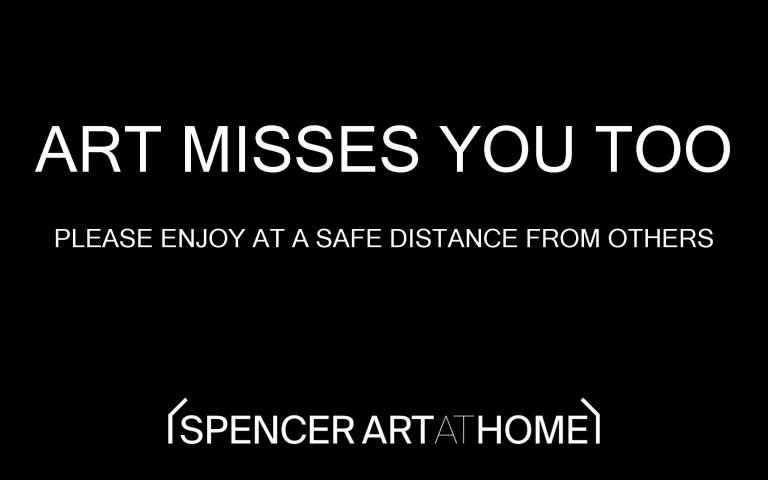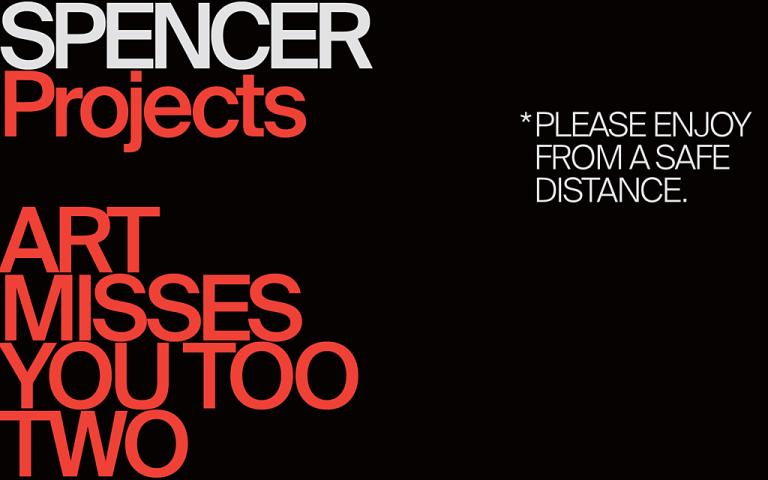Le Discret, Joseph Ducreux
Artwork Overview

Canvas/Support (Height x Width x Depth): oval 91.6 x 79.9 cm
Canvas/Support (Height x Width x Depth): 36 x 29 1/8 in
Frame Dimensions (Height x Width x Depth): 41 x 34 in
If you wish to reproduce this image, please submit an image request
Images
Label texts
By the time the French Revolution broke out in 1789, Joseph Ducreux already had a thriving portrait practice in Paris. In 1774 he had been appointed official court portraitist to Louis XVI and Marie-Antoinette. In the wake of the Revolution, he was forced to find new patrons and reinvent himself as a relevant figure in a vastly different political and cultural milieu. In this self-portrait, Le Discret (The Silence), exhibited at the Paris Salon of 1791, the artist raises his finger to his pursed lips, urging the viewer to be silent. Apparently influenced by contemporary theories of physiognomy, he depicted himself in a range of exaggerated gestures and displaying various emotions and facial expressions. By showing himself yawning, laughing, crying, and pointing a mocking finger at the viewer, Ducreux engaged directly with his audience in a manner that was unusual for the time.
In this self-portrait Joseph Ducreux raises a finger to his lips, urging the viewer to be silent. Influenced by contemporary theories of physiognomy—the assessment of someone’s character by their outward appearance—he depicted himself in a range of exaggerated gestures and facial expressions. By showing himself yawning, laughing, crying, or pointing a mocking finger at the viewer, Ducreux engaged directly with his audience in a manner that was unusual for the time.
Quiet your jangling nerves while gazing at this playful self-portrait by Joseph Ducreux. By emphasizing gesture and facial expressions, Ducreux created humorous figurative paintings that directly engage the audience. Enjoy Ducreux’s humor and see how making the ssshhhhh sound associated with raising an index finger to the lip makes you feel. Most small children are soothed and quieted by the wooshing ssshhhhh sound; it has been known to work wonders for adults, too.
Quiet your jangling nerves while standing in front of this playful self-portrait by Joseph Ducreux. By emphasizing gesture and facial expressions, Ducreux created humorous figurative paintings that directly engage the audience. Enjoy Ducreux’s humor and see how making the ssshhhhh sound associated with raising an index finger to the lip makes you feel. Most small children are soothed and quieted by the wooshing ssshhhhh sound; it has been known to work wonders for adults, too.
During and after the French Revolution (1789–1799), Ducreux had to reinvent himself as an artist in a new political and cultural climate. This self-portrait is one of many the artist produced in a variety of poses, gestures, and moods. By gesturing to his lips and urging the viewer to be silent, Ducreux engages directly with his audience in a manner that was unusual for his time.
During and after the French Revolution (1789–1799), Ducreux had to reinvent himself as an artist in a new political and cultural climate. This self-portrait is one of many the artist produced in a variety of poses, gestures, and moods. By gesturing to his lips and urging the viewer to be silent, Ducreux engages directly with his audience in a manner that was unusual for his time.
By the time the French Revolution broke out in 1789, Joseph Ducreux already had a thriving portrait practice in Paris. In 1774 he had been appointed official court portraitist to Louis XVI and Marie-Antoinette. In the wake of the Revolution, he was forced to find new patrons and reinvent himself as a relevant figure in a vastly different political and cultural milieu. In this self-portrait, Le Discret (The Silence), exhibited at the Paris Salon of 1791, the artist raises his finger to his pursed lips, urging the viewer to be silent. Apparently influenced by contemporary theories of physiognomy, he depicted himself in a range of exaggerated gestures and displaying various emotions and facial expressions. By showing himself yawning, laughing, crying, and pointing a mocking finger at the viewer, Ducreux engaged directly with his audience in a manner that was unusual for the time.
By the time the French Revolution broke out in 1789, Joseph Ducreux already had a thriving portrait practice in Paris. In 1774 he had been appointed official court portraitist to Louis XVI and Marie-Antoinette. In the wake of the Revolution, he was forced to find new patrons and reinvent himself as a relevant figure in a vastly different political and cultural milieu. In this self-portrait, Le Discret (or The Silence), exhibited at the Paris Salon of 1791, the artist raises his finger to his pursed lips, urging the viewer to be silent. Apparently influenced by contemporary theories of physiognomy, he depicted himself in a range of exaggerated gestures and displaying various emotions and facial expressions. By showing himself yawning, laughing, crying, and pointing a mocking finger at the viewer, Ducreux engaged directly with his audience in a manner that was unusual for the time.
Exhibitions
Kate Meyer, curator
Celka Straughn, curator
Kate Meyer, curator
Celka Straughn, curator













